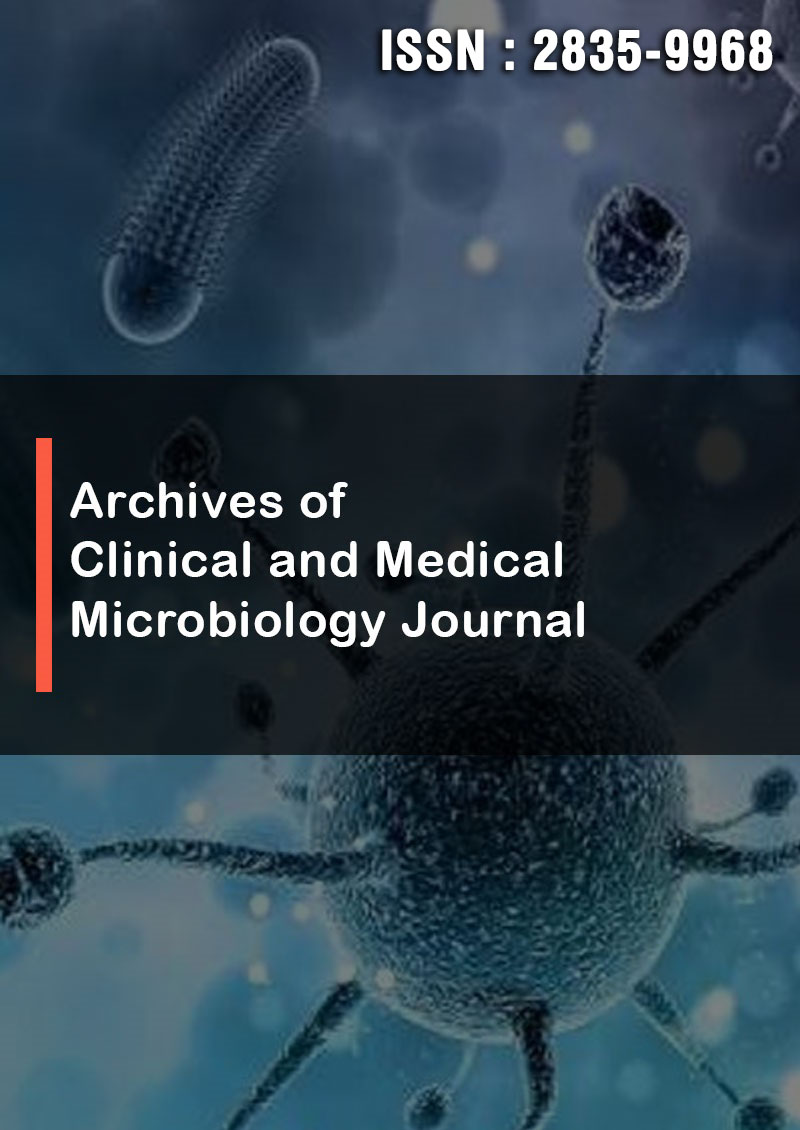Characterization of Lantana Camara Roots (Pentacyclic Triterpenoid) and Mutagenicity Testing of Extracted Oleanolic Acid Using Salmonella Typhimurium
Abstract
Navika Gupta, Saurabh Chandra, Anu T Singh, Manu Jaggi
The objective of the present study was to isolate oleanolic acid from the roots of Lantana camara, and characterize it chemically using DSC, HPLC, and FTIR methods, and additionally carrying out a short term assay for assessment of its mutagenic potential by conducting bacterial reverse mutation test to evaluate the ability of the “Oleanolic acid (Pentacyclic Triterpenoid)” to induce point mutations in tester strains of Salmonella typhimurium in both presence and absence of exogenous metabolic activation system (S9) containing microsomal enzymes. Differential scanning calorimetry (DSC), High Performance Liquid chromatography (HPLC), and Fourier transform infrared (FTIR) spectrometers were used to chemically analyze the isolated molecule. Oleanolic acid was utilized to carry out Preliminary Cytotoxicity and mutagenicity study. According to the results of spectrophotometric research, oleanolic acid extracted from Lantana camara roots exhibits identical spectrum characteristics to standard oleanolic acid also the mutagenic potential of Oleanolic acid (Pentacyclic Triterpenoid). Oleanolic acid was found to be non-mutagenic in all five test strains of Salmonella typhimurium—TA98, TA100, TA102, TA1535, and TA1537 employing plate incorporation assays. It may be determined that oleanolic acid isolated from Lantana camara roots gives identical, identifiable signals and absorbance like previously reported reference standard based on the results of DLC, HPLC, and FTIR spectra and their interpretation and was determined that oleanolic acid purified from Lantana camara roots is non-mutagenic in Salmonella typhimurium.



